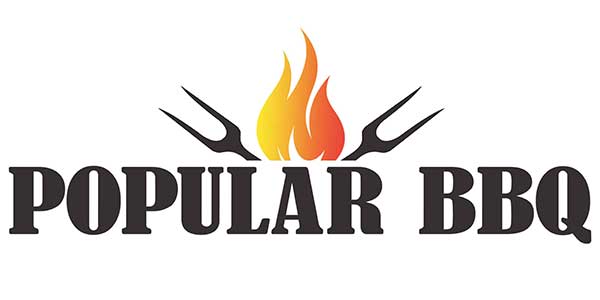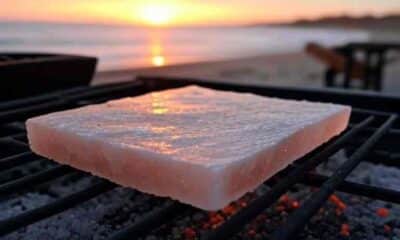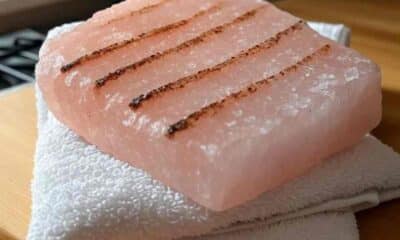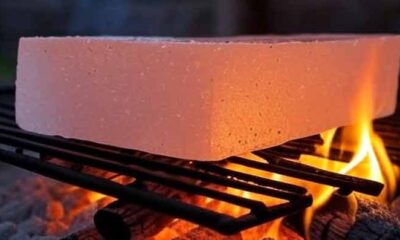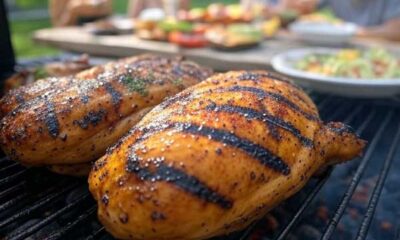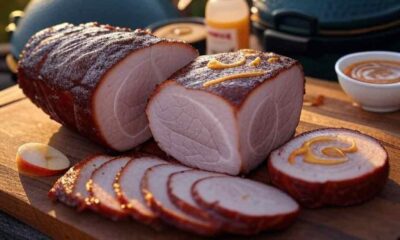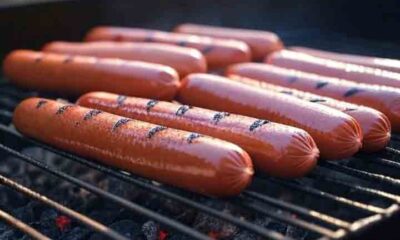Himalayan Salt Block
Himalayan Salt Plank BBQ vs. Cedar Plank Guide
Himalayan Salt Plank BBQ vs. Cedar Plank Guide
As a coastal cook shaped by the briny air of Newport, Rhode Island, I find Himalayan salt plank BBQ brings a gentle sea-kissed glow to my Cannon Beach grill, while cedar plank grilling offers a smoky warmth that feels like a fireside gathering. Both methods transform outdoor cooking, each with its own coastal charm. In my kitchen, where thyme grows and the ocean’s rhythm guides my recipes, I love sharing how these tools elevate seafood and more. Let’s dive into this guide to choosing between a Himalayan salt plank BBQ and cedar plank, helping you find the perfect fit for your BBQ.
Flavor Profile in Himalayan Salt Plank BBQ
The flavor of Himalayan salt plank BBQ captivates me with its subtle, mineral-rich salinity, like a gift from ancient seas. Scallops sear at 450°F in 2–3 minutes per side, forming a golden crust that sings of the ocean. Shrimp cook in 1–2 minutes, their sweetness deepened by the block’s briny touch, while ahi tuna takes 5–7 minutes for a smoky depth. Cedar planks, by contrast, infuse a rich, woodsy aroma—salmon grilled at 350°F for 15–20 minutes becomes sweet and tender, a favorite on breezy Oregon evenings.
The salt’s savory depth suits quick-cooking seafood, enhancing its natural essence, while cedar’s earthy notes pair beautifully with fatty fish or chicken, offering a cozy contrast. In my Shoreline Smoke dinners, I use salt for delicate dishes and cedar for heartier ones, letting my mood guide the choice. Experiment to find what resonates—try a small batch of shrimp on salt or salmon on cedar to compare. Our food guide has more ideas. Your flavor preference shapes your Himalayan salt plank BBQ adventure, making each grill session uniquely yours.
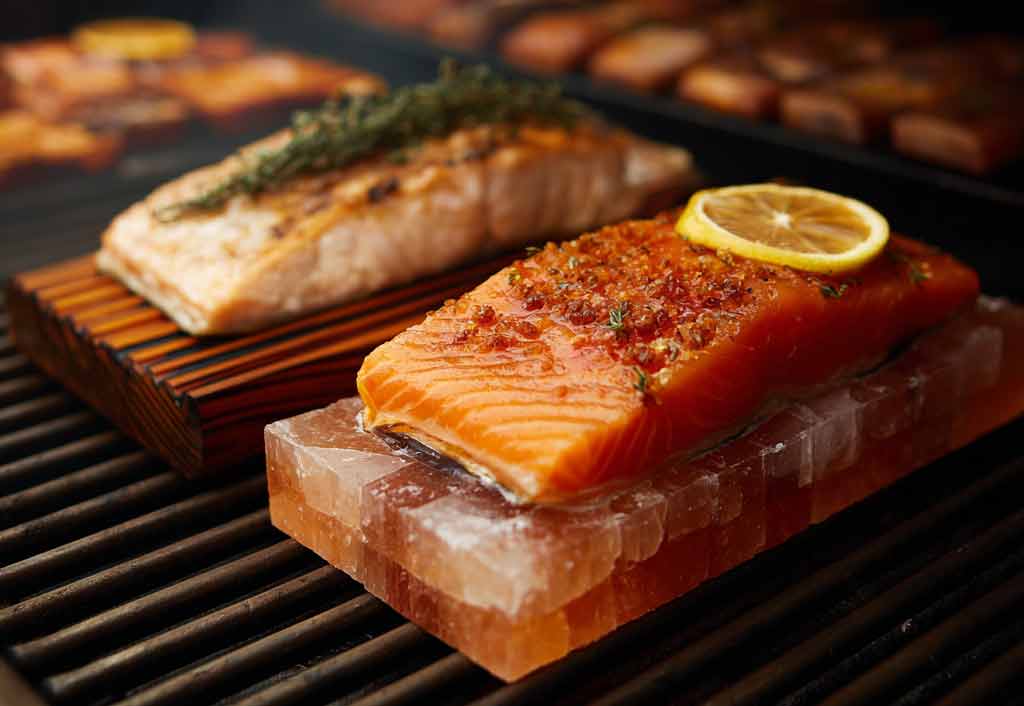
Himalayan Salt Plank BBQ and Cedar Plank on a Beach Grill at Sunset
Cooking Technique for Salt Plank BBQ
I love the high-heat thrill of Himalayan salt plank BBQ, which requires a slow preheat to avoid cracks—start at 200°F for 30 minutes, then raise to 350°F for 20 minutes, reaching 400–500°F for cooking. Cedar planks need a different approach: soak them in water for 1–2 hours to prevent burning, adding a steamy quality to the process. Salt sears food quickly, creating a crisp crust, while cedar steams slowly, perfect for longer cooks. Our heating guide offers more details.
In my coastal kitchen, I’ve found salt conducts heat evenly, ideal for fast-searing shrimp, while cedar’s moisture keeps salmon juicy over 15–20 minutes. Use a fish spatula for salt plank flips to protect delicate seafood, and place cedar on a tray to avoid grill marks, preserving its natural look. For beginners, monitor the salt block with a grill thermometer to ensure steady heat, and check cedar for dryness before grilling. These techniques, honed at my workshops, define your Himalayan salt plank BBQ experience, offering variety with each method.
Best Foods for Himalayan Salt Plank BBQ
For Himalayan salt plank BBQ, seafood leads the way—ahi tuna smokes beautifully in 5–7 minutes at 450°F, scallops sear in 2–3 minutes, and zucchini cooks in 3–4 minutes with a caramelized texture. Cedar planks shine with salmon, grilled for 15 minutes at 350°F, or chicken, which takes 20–25 minutes for juicy tenderness. Salt planks favor thin cuts to avoid oversalting, while cedar handles thicker pieces with smoky depth, a comfort I share at coastal BBQs. Our food guide offers more pairings.
Test small portions first, like a single scallop on salt or a chicken thigh on cedar, to gauge flavor and timing, a habit from my pop-up dinners. Brush seafood with olive oil and lemon zest on salt, or drizzle cedar-grilled fish with maple syrup for sweetness. Use an instant-read thermometer—145°F for fish, 165°F for chicken—to ensure doneness. These choices guide your Himalayan salt plank BBQ journey, helping you pick the perfect method for each meal.
Care and Longevity in Salt Plank BBQ
Caring for a Himalayan salt plank BBQ setup is close to my heart. Salt blocks need slow cooling for 12–24 hours after use, cleaned gently with a spatula, no soap, to preserve their natural properties. Cedar planks, often single-use, I compost after one or two cooks to stay eco-friendly. Store salt blocks dry, wrapped in cloth, as I do in my foggy Oregon cottage. Cedar needs dry storage too, to prevent mold. Our care guide and The Salt House offer expert tips.
Salt blocks can last 20–50 uses, their pink fading but flavor enduring, while cedar’s single-use nature is sustainable when composted. Check salt for deep cracks, retiring it if needed, and inspect cedar for charring. These routines, learned from years of coastal grilling, keep both tools in top shape, ensuring your Himalayan salt plank BBQ thrives.
Sustainability and Ethical Choices
Sustainability guides my approach to Himalayan salt plank BBQ. Choose salt blocks from ethically mined sources like the Khewra Salt Mine, supporting brands that prioritize eco-friendly practices. For cedar, opt for sustainably harvested planks, certified by organizations like the Forest Stewardship Council (FSC). Pair with responsibly sourced seafood from the Marine Stewardship Council to protect our oceans. Repurpose worn salt blocks as finishing salt for grilled shrimp, and compost used cedar to minimize waste, as I teach in my workshops.
These choices honor the earth, extending the life of your tools and ingredients. Store both salt and cedar in dry conditions to prevent erosion or mold, and use minimal oil when grilling to reduce waste. By aligning with nature’s cycles, you ensure your BBQ reflects the coastal values I hold dear, making each meal a sustainable celebration.
Practical Tips for Salt and Cedar Plank Grilling
To master Himalayan salt plank BBQ, temper the block slowly—30 minutes at 200°F, 20 minutes at 350°F, then up to 450°F—to prevent cracks. Soak cedar planks for 1–2 hours, ensuring they’re fully submerged. Use a grill basket for small items like shrimp on salt to prevent slipping, and place cedar on a tray for easy handling. Test salinity or smokiness with small portions, a trick from my coastal feasts. Our food guide offers recipes to inspire you.
Pair salt with alderwood smoke for seafood, and cedar with applewood for chicken, enhancing flavors subtly. Avoid overcrowding either surface to maintain heat, and use a thermometer to check grill temperatures. These tips, honed over years of grilling by the shore, ensure your Himalayan salt plank BBQ delivers consistent, delicious results.
Why This Choice Matters
Choosing between Himalayan salt plank BBQ and cedar plank grilling is like picking the right tide to sail—each offers a unique coastal experience. In my Oregon home, where my dog Briny naps by the fire, these tools recall my Rhode Island summers and the ocean’s quiet lessons. By understanding flavor, technique, food pairings, care, and sustainability, you’ll craft BBQs that taste of the sea. Whether searing scallops on salt or steaming salmon on cedar, your choice shapes a meal that celebrates the shore, making every grill session a coastal story.

